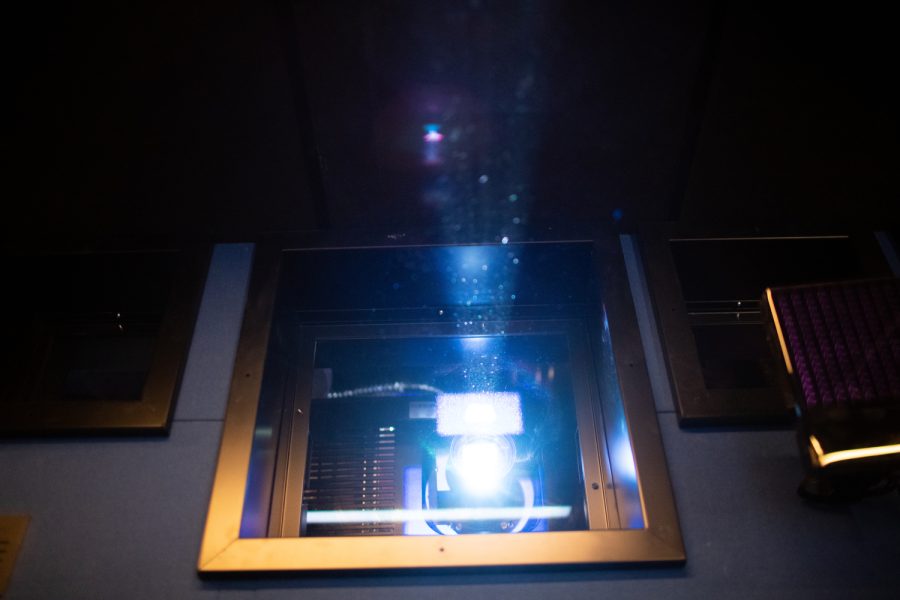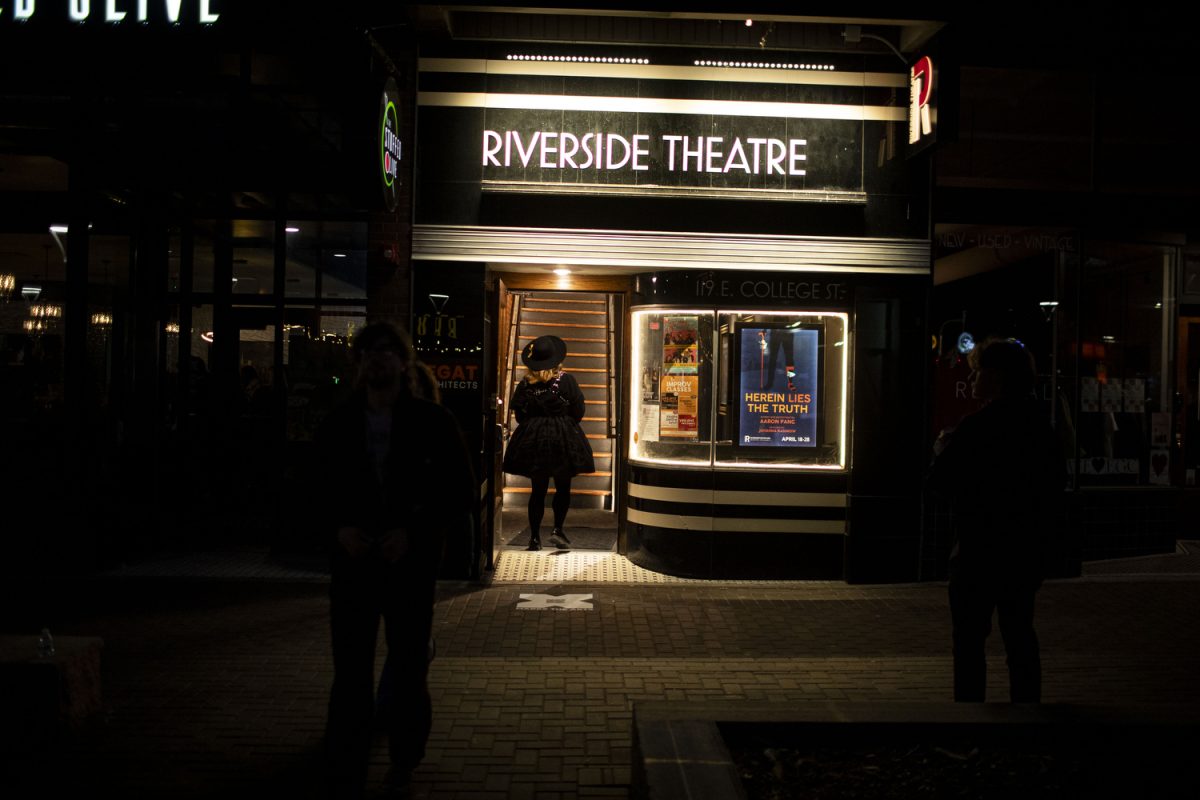Artists raise funds for Planned Parenthood and the Emma Goldman Clinic.
By Hannah Crooks
Rebelling against ideologies that oppress women and minorities, the Nasty Women art exhibition began in New York City, and it has now trickled into other locations all over the globe.
Created to raise money and awareness of women’s human rights, the exhibitions around the world have received and sold hundreds of submissions of art, from photographs to sculptures and everything in between.
Some pieces connect to the issue of women’s rights, such as a felt project that reads, “Yes, I am nasty.” Other pieces are unrelated: “It Was Always,” a one-sentence book created by artist Allana Ross, acts as a metaphor for human consumption of the natural world.
As a contributor to the exhibition in New York, artist Heidi Wiren Bartlett said the issue of women’s health is very important.
“If women don’t have the resources to support their health, then they and their children can suffer,” she said.
Wiren Bartlett teamed with artist Jen Harris, and together, they organized a satellite Nasty Women exhibition in Iowa City.
Defenders of women’s rights and reproductive freedom can exercise their support by purchasing art, priced $15-$100, at the exhibition. The proceeds will be divided between Planned Parenthood and the Emma Goldman Clinic.
The Nasty Women art exhibition is part of Public Space One’s project Near Future, a temporary exhibition space for artists to connect with resources, other artists, and people in local action. The fundraiser will take place this weekend at Near Future, 323 E. Market St.
Near Future organizer Hannah Givler said she believes with this exhibition, something positive can come out of governmental uncertainty and the shift in political climate.
“There’s still this nebulousness to it that is very real,” she said. “How do we support things that we value and be cultural producers in this time? As we all deal with this at the same time, there’s an element of good chaos that is involved.”
In addition to women’s rights, the Nasty Women exhibition also stands for rights of the LGBTQ community, people of color, immigrants, refugees, and other minority groups.
“The idea for the exhibition came to be because of an attack on the rights of women and minorities,” Wiren Bartlett said. “It isn’t just an attack on Donald Trump; he’s only one man. It’s directed at an entire group of people who are being discriminatory.”
While the term “nasty woman” was originally used by Donald Trump to negatively describe his opponent, Hillary Clinton, the phrase now carries a sense of empowerment.
“Being a nasty woman definitely connects to feminism,” Harris said. “For me, it means not being quiet, and showing resistance, and standing up for not only women’s rights but all of the groups that are being discriminated against.”
With her art pieces Yes I am and Resist, artist and Japanese immigrant Sayuri Sasaki Hemann had a similar message. Both submissions are works of wet felting, a practice in which the artist covers wool fibers in soap and water and then rubs and agitates them until the fibers form a web.
“With both of the pieces I submitted, my act of creating the piece is a symbol of my resistance and my agitation toward the state of affairs right now,” Sasaki Hemann said. “It is a metaphor that I am not going to give in.”
As a self-identified “nasty woman,” she supports equality and respect for all people.
“A big part of why I am in the show is I believe all human beings have the right to make decisions about their own bodies, and women are no exception,” she said.







